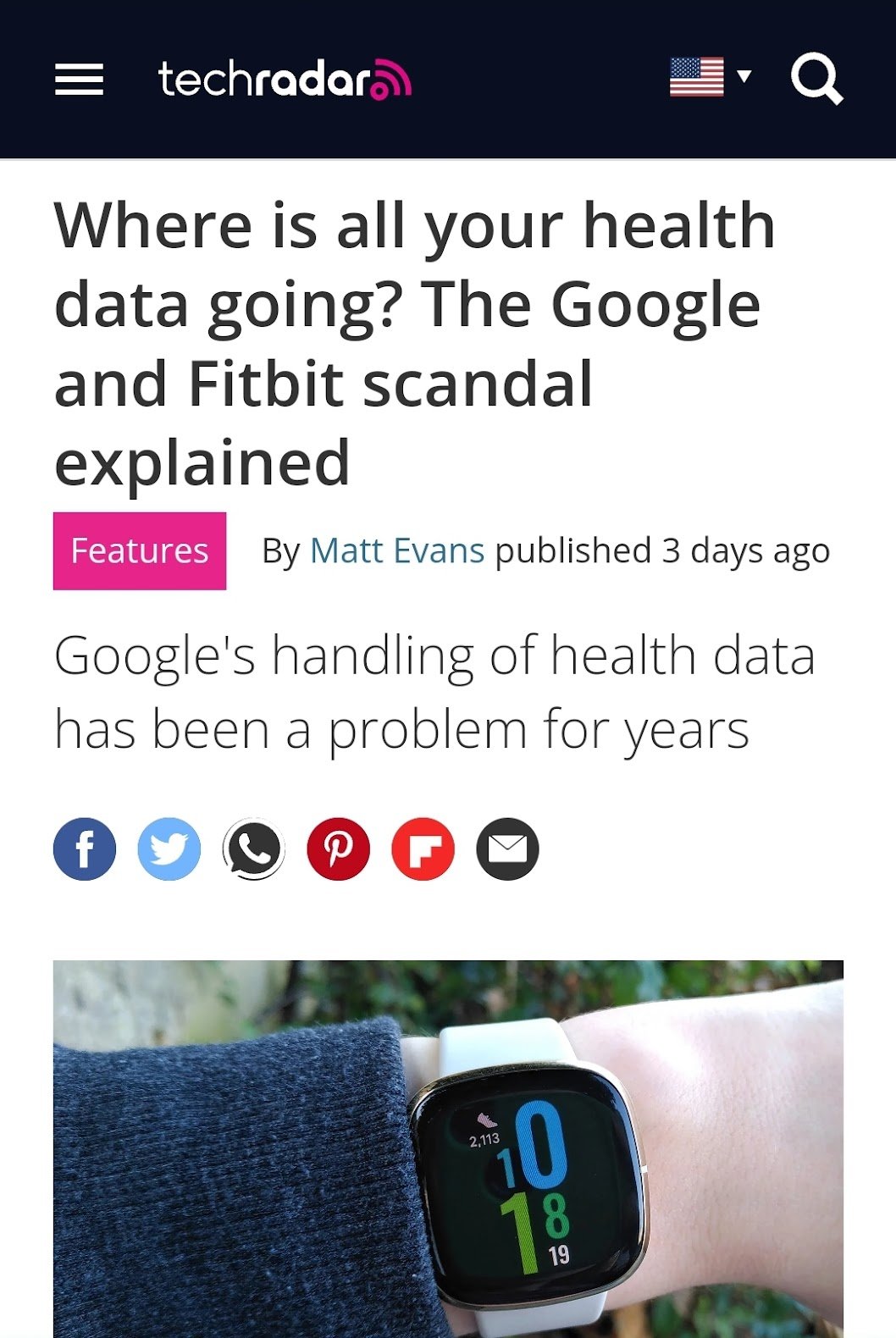In order to benefit from AI features, users must trust them. Product leaders must consider how the UI can offer both transparency and control.
This article delivers tips and examples for how we can help build user trust, respecting users’ differing needs and concerns. This is the fourth and final part in our series on UX Design Guidelines for AI Features.
1. Be transparent about what data is captured, how it’s stored, and how it’s used.
Trust is a big deal, especially when machines are making choices that affect us. Users want to know that their data is safe and being used in a way they agree with.
Ethical use of AI aligns with the design principle of "Visibility of system status," which stresses that users should always be informed about what's happening with the system. This means not just telling users that you're using AI, but also being clear about how and why their data will be used.
LinkedIn lists transparency as one of its 5 principles for responsible AI.
In Aug 2023, Google and Fitbit came under scrutiny for potentially misusing sensitive health information. Fitbit collects data including heart rate, sleep patterns, calories burned, workouts, and menstrual cycles.
Many worry that health data could be used for targeted advertising, health insurance premiums, or other purposes users would not have foreseen.
2. Enable users to control the level of AI intervention.
While one person might use Excel for a list of birthday party guests, another might use it to capture their daily blood pressure. Different users = different use cases = different stakes.
Users will react differently to different levels of intervention from AI. Offering customization for AI responsiveness lets users take charge of their experience. This lines up with the UX principle of "User Control and Freedom," allowing people to make the AI work how they want it to.
I once turned on a facial filtering setting on my camera and forgot about it. One day, I shared a photo with my friend and she said, “You look really well rested!” She was right. The photo had smoothed my skin and brightened my eyes almost to the point of making me unrecognizable. Thankfully, the software offered controls which allowed me to turn down the feature without turning it off.
3. Use AI-powered personalization to help users progress toward their goals.
Sometimes we need that extra push. Life is busy, and we just can’t get to everything. AI can fill in these gaps, proactively nudging us to complete tasks or completing them for us. This aligns well with the heuristic of "Help users recognize, diagnose, and recover from errors." You can equip users with the tools they need to solve problems and make progress toward their goals.
Part of the ethics of design includes careful consideration for the way your product might influence behavior. Is this aligned with what’s good for the user? Is it aligned with what they want for themselves? Sometimes the answers to these questions are clear cut, and sometimes the answers are less clear. But one thing is certain: as AI increases the power of our products, these are types of conversations that product and design teams should be having.
LinkedIn uses AI to help users improve their resumes and post better job descriptions. They also suggest courses, articles, and job postings using AI.
These kinds of features can encourage users to stretch their boundaries and better themselves. They raise new ethical questions and challenge product teams to make important value-oriented decisions.
Creating a trustworthy and adaptive AI experience is essential for long-term success. By being conscientious in your approach and allowing customization, you empower users to create an AI experience that works best for them.
We hope that this final part of our 4-part series on UX Design Guidelines for AI Features has proved valuable to you! We’re in the early stages of designing for AI, and we fully expect these guidelines to evolve as we all begin to figure out how AI will change the world.




